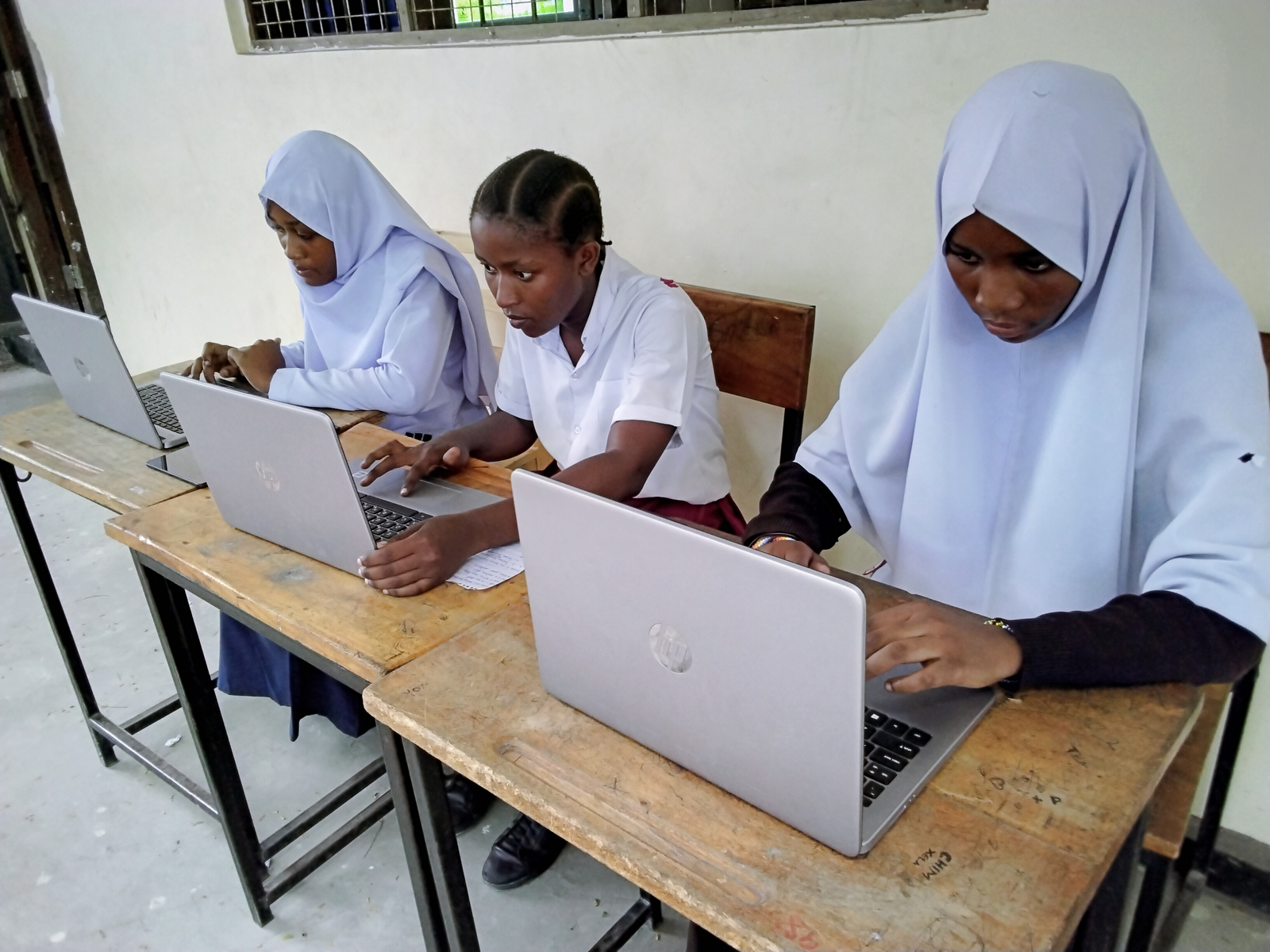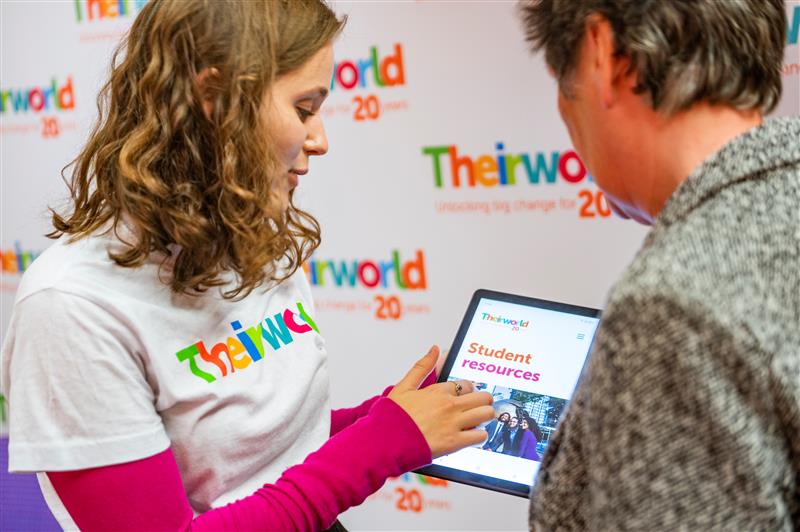
“Day of the African Child gives children an opportunity to hold their government leaders to account”
Girls' education, Right to education, Sustainable Development Goals, Teachers and learning
Gilbert Ngaira of the Kenya Alliance for Advancement of Children writes about a celebration attended by 2000 chidren.
On June 16, 1976, in Soweto, South Africa, about 10,000 black school children marched in a column more than half a mile long, protesting the poor quality of their education and demanding their right to be taught in their own language.
Hundreds of young students were shot – the most famous of them being Hector Pieterson, who died at the age of 12. More than 100 people were killed in the protests of the following two weeks and more than 1000 were injured.
This act left a big impact in Africa and, as a result, all African countries decided in 1991 to commemorate this day each year as Day of the African Child.
The African Union leads the process and initiates the theme for each year, which all member countries adapt and celebrate in their respective countries.
Kenya has not been left behind and since 1991 the day has been celebrated by Kenyan children holding duty bearers to account by presenting memorandums that articulate their issues in line with the theme.
These are presented to the guest, who in most cases is a senior government official who promises to act on what children raise.
The general objective of the celebration of the DAC in 2017 is to call attention to the linkages between the Sustainable Development Goals and the African Children’s Charter.
The goal is to inspire states to accelerate efforts towards realising all children’s rights as provided by the African Charter on the Rights and Welfare of Children, as a contribution towards accelerating the promotion and protection of all children’s rights in Africa.
It aims to set out the relevance of the 2030 agenda for sustainable development for children in all countries on the African continent.
This celebration of the DAC in 2017 provides a platform to reflect on the African continent’s flagship development agenda – Agenda 2063, the Committee’s Agenda 2040 and how they apply to children in Africa today.
The child-friendly version of the theme is “Accelerating protection, empowerment and equal opportunities for children in Africa by 2030.”
Kenya – through the department of children services under the ministry of East African Affairs, labour and social protection where children are housed – has embraced it.
Through the coordination of both civil society organisations in Kenya and the government, they have come together for the national celebration in Bungoma County, Western Kenya.
More than 2000 children have been invited to be a part of the celebration. The guest of honour is the president of the Kenya Children’s Assembly, master Jeremiah Ngala – a high school student and the third president to hold the office.
Children all over the country continue to remind their leaders of the commitment to honour their words. Gilbert Ngaira, Country Programmes Manager, Kenya Alliance for Advancement of Children
This event is also being celebrated in most, if not all, the 47 counties of Kenya, increasing the right to participation by children and giving them a platform to air their views in a meaningful and most empowering way.
This celebration seeks to give children an opportunity to hold to account their government leaders on various matters of the SDGs and the African Charter that are yet to be fulfilled and continue to interfere with the rights of the children in the country.
This celebration also acts as a reminder that all the 17 SDGs and their 196 targets touch on children and should be acted upon if the rights of children in Kenya and indeed the larger Africa are to be realised.
It also bring forth the fact that some of the goals are more immediate in addressing the rights of children and such will include SDGs 1 (end poverty), 2 (eradicate hunger), 3 (promote health), 4 (secure education), 5 (effect gender equality), 6 (access to water and sanitation), 16 (peace/justice/strong institutions) and 17 (partnerships/participation).
Kenya, like most African countries, continues to strive towards its commitment to the charter by ensuring that children live in a society that is sensitive to their needs and concerns.
Various laws and policies have been put in place and by this the country continues to bring to place laws and policies that are child-focused and are aligned with the charter to realise most of the rights of children.
Some of the laws that have been in place and continue to protect children include, but are not limited to, Article 53 of the Kenyan Constitution of 2010, the Children’s Act of 2001 now undergoing amendments, the Sexual Offences Act of 2003 which protects children against sexual assault, the Child Labour Policy of 2013, the Basic Education Act of 2013 and the FGM Act 2011.
The Day of the African Child is a great day for all children in Africa and brings to life most commitments undertaken by African countries to fulfil the targets of the SDGs by 2030.
In spite of these commitments, Kenya still lags behind in many ways, more so in the implementation of the many laws and policies already in place.
It is for this reason that children all over the country continue to remind their leaders of the commitment to honour their words by ensuring they create an environment that is beneficial to the children at all levels.
This implies an environment that nurtures holistic development of children in Kenya. As the children of Kenya continue to celebrate this great day, their deep hope lies in the totality of the implementation of the treaties to the latter.
More news

